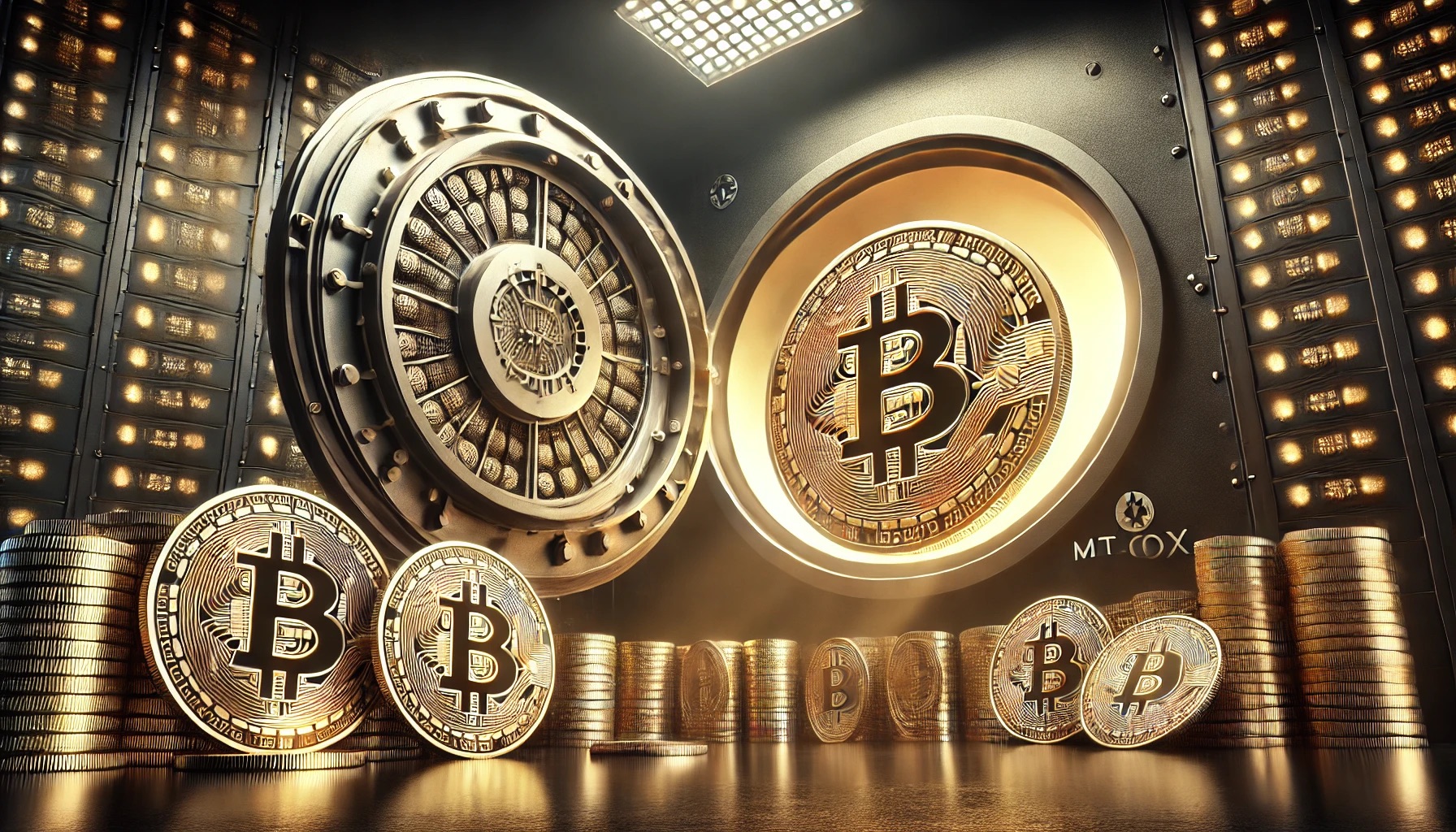Mt. Gox creditors have received 41.5% of their Bitcoin, choosing to hodl rather than sell, which has kept market impacts minimal.
Major Bitcoin Distribution to Creditors
After ten years of waiting, many creditors are still refusing to part with their Bitcoin, even though about half of what is owed to them by Mt. Gox has been dispersed.
Creditors of the now-defunct Mt. Gox exchange have received more than 41.5 percent, or 59,000 Bitcoin, out of a total of 141,686 BTC.
BTC Preferred Over Fiat in Mt. Gox Case
A report from July 29th on Glassnode states that the creditors of Mt. Gox are not selling the approximately $4 billion worth of Bitcoin that they received:
“Creditors opted to receive BTC, rather than fiat, which was new in Japanese bankruptcy law […] As such, it is relatively likely that only a subset of these distributed coins will be truly sold onto the market.”
There is substantial sell pressure that might cause Bitcoin's price to plummet because almost 127,000 creditors from Mt. Gox are still waiting for their over $9.4 billion in money, which they have been waiting for more than a decade to collect.
Cointelegraph reports that Kraken completed distributing Mt. Gox Bitcoin to creditors on July 24; the report follows a week later.
A cyberattack led to the 2014 collapse of Mt. Gox, a well-known Bitcoin exchange based in Japan. At its height, the exchange, which began operations in 2010, handled over 70% of all Bitcoin transactions. One of the largest hacks in history occurred at Mt. Gox, where 850,000 BTC were lost.
Glassnode admits that its theory is based on a "degree of speculation," but data from cryptocurrency exchanges shows that creditors of Mt. Gox aren't selling either.
Kraken Sees No Significant Volume Change
Interestingly, following the Mt. Gox BTC distribution, there has been no discernible increase in the spot cumulative volume delta (CVD) on Karken. This statistic quantifies the net difference between the spot buying and selling trading volume on controlled exchanges.
This report states:
“We can see a marginal uptick in sell-side pressure following the distribution. However, this remains well within typical day-to-day ranges.”
A price increase of more than 8,500% for Bitcoin in the decade following Mt. Gox's collapse begs the question of why there is no selling pressure.
Investors appear to have given up on locking in profits and are instead returning to "hodling," the crypto term for "holding on for dear life," based on the present distribution of Bitcoin.



 DeepSeek Launches V3 AI Model With Major Performance Boost and MIT License
DeepSeek Launches V3 AI Model With Major Performance Boost and MIT License  SpaceX, ULA, and Blue Origin Win $13.5B in Space Force Launch Contracts
SpaceX, ULA, and Blue Origin Win $13.5B in Space Force Launch Contracts  Elon Musk’s Lawsuit Against OpenAI Heads to Jury Trial in 2026
Elon Musk’s Lawsuit Against OpenAI Heads to Jury Trial in 2026  Nvidia Faces New Hurdles in China as Energy Rules Threaten AI Chip Sales
Nvidia Faces New Hurdles in China as Energy Rules Threaten AI Chip Sales  BYD to Launch 500 Ultra-Fast EV Charging Stations in April, Doubling Tesla’s Speed
BYD to Launch 500 Ultra-Fast EV Charging Stations in April, Doubling Tesla’s Speed  FxWirePro- Major Crypto levels and bias summary
FxWirePro- Major Crypto levels and bias summary  ReliaQuest Secures $500M to Boost AI Cybersecurity, Hits $3.4B Valuation
ReliaQuest Secures $500M to Boost AI Cybersecurity, Hits $3.4B Valuation  US Senators Question Microsoft and Google Over AI Cloud Partnerships
US Senators Question Microsoft and Google Over AI Cloud Partnerships  Microsoft Cancels Major Data Center Leases, AI Stocks Tumble Amid Capacity Shift
Microsoft Cancels Major Data Center Leases, AI Stocks Tumble Amid Capacity Shift  OpenAI Secures $40B from SoftBank, Reaches $300B Valuation Amid AI Boom
OpenAI Secures $40B from SoftBank, Reaches $300B Valuation Amid AI Boom  SoftBank Eyes $25B Stake in OpenAI Amid $40B AI Funding Surge
SoftBank Eyes $25B Stake in OpenAI Amid $40B AI Funding Surge  Apple and Elon Musk Clash Over Satellite Connectivity as Starlink Faces New Rival
Apple and Elon Musk Clash Over Satellite Connectivity as Starlink Faces New Rival 






























